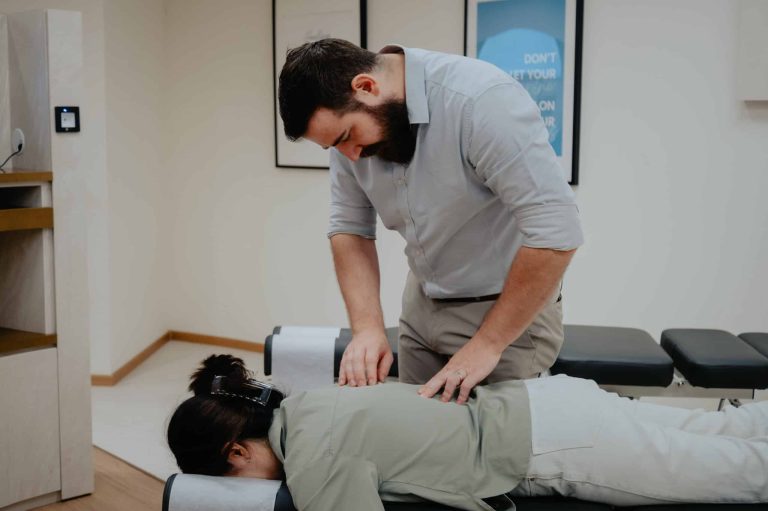Bellevue is a small city in Washington State with a fair amount of TMJ cases. You should see a Bellevue TMJ specialist as soon as you can if you have the condition.
The temporomandibular joint (TMJ) is the joint connecting your jawbone to your skull. The two joints on both sides of your head have a significant impact on many daily actions such as talking, chewing your food, and making facial gestures.
Signs of a TMJ disorder include jaw stiffness, jaw pain, jaw locking, and headaches, among others. However, there are exercises that you can do to manage TMJ disorder including:
- Relaxed Jaw Exercise
The simplest of the jaw exercises for TMJ disorder is the relaxed jaw exercise. It involves first gently resting your tongue on the top of your mouth.
You will then slowly open your mouth by relaxing your jaw until it is completely open. Close your mouth and repeat the exercise several times as long as you are comfortable.
- Goldfish Exercises
As the name suggests, the exercise involves opening your mouth like a goldfish. Goldfish exercises could include either partial or full opening of the mouth.
The exercise is done by resting the tongue on top of the mouth behind the front teeth. You then place a finger near your ear on the TMJ. Put your middle or first finger underneath your chin.
Open your mouth by dropping your lower jaw. You should feel a bit of resistance in this exercise, but not pain. For the full goldfish exercise, you should open your jaw all the way but only open halfway for the partial exercise.
You should switch your finger and place it on the other TMJ. Do the exercise as many times as you want. However, it is best to separate them into sets.
- Resisted Opening and Closing of Your Mouth
A great, yet simple exercise for the TMJ is to add resistance to the opening and closing of your mouth. It is similar to the goldfish exercises described above but with a significant difference.
With resisted mouth opening and closing, you only place one or two thumbs underneath the chin. You then open your mouth slowly while pressing your thumb(s) against your chin as hard as you can.
Your jaws muscles and the TMJ will be strengthened using this exercise. It will vastly help you with chewing and talking.
- Forward and Side-to-Side Jaw Movement
The best way to stretch the TMJ is to move your jaw. It is best if you move it in all directions.
You should start with side to side jaw movement. You should place something thick between your teeth; preferably start with a quarter of an inch of thickness.
Slowly start moving your jaw side to side until you are tired. Repeat for as many times as necessary. For forward jaw movement, you should do the same but move your bottom teeth forwards and backwards.
As the exercises become easier, you should increase the thickness of the object between your teeth.














